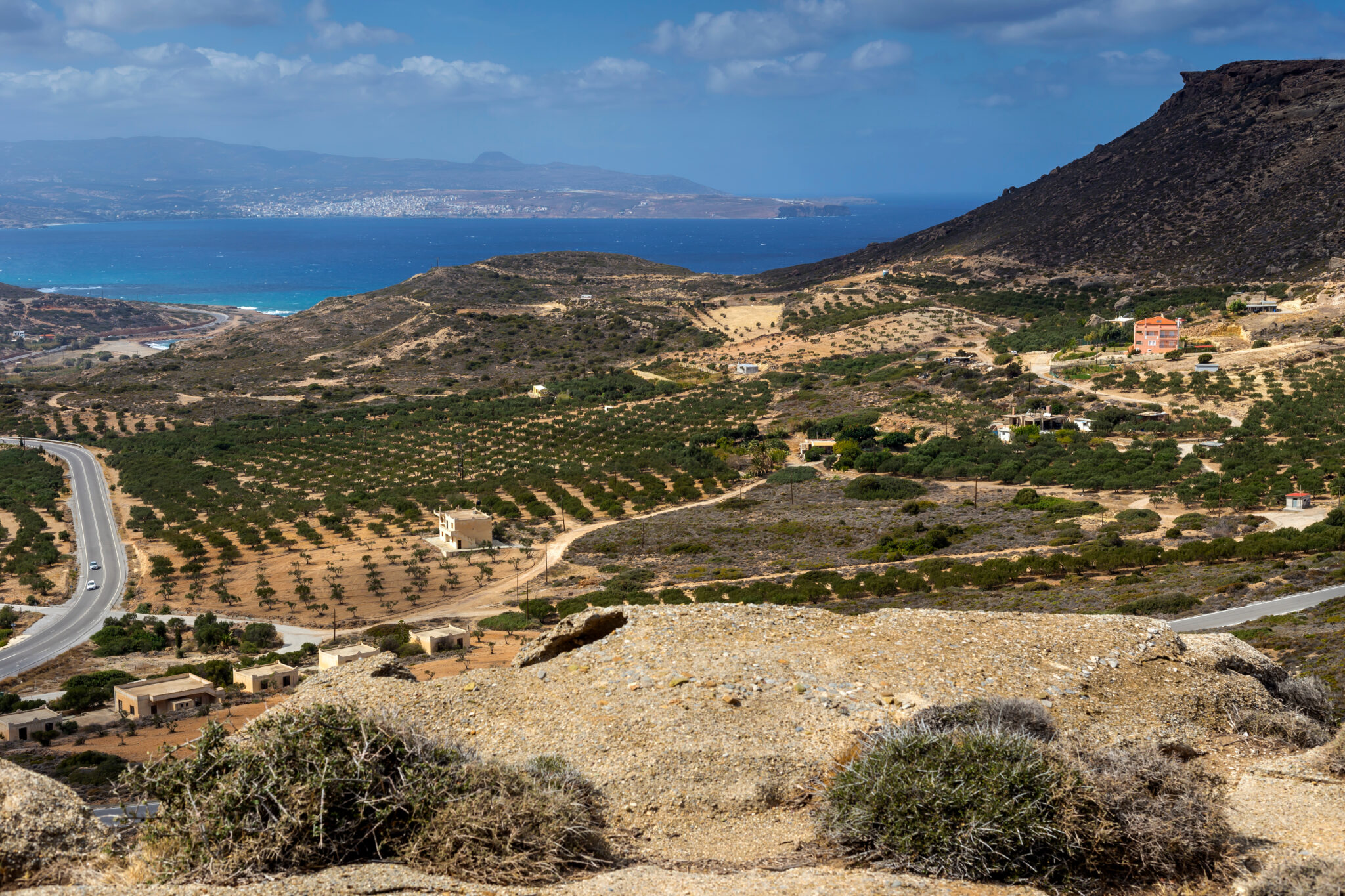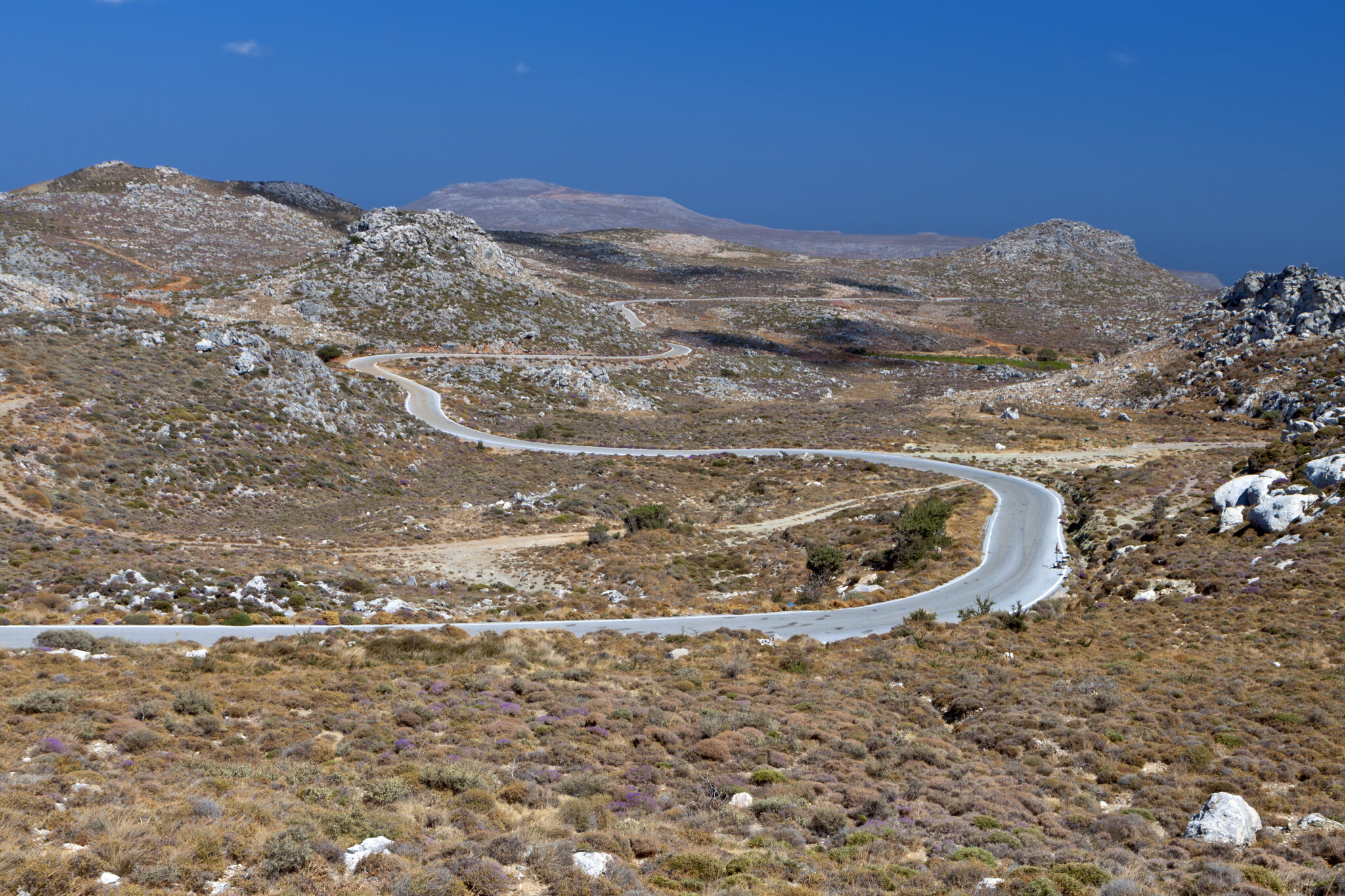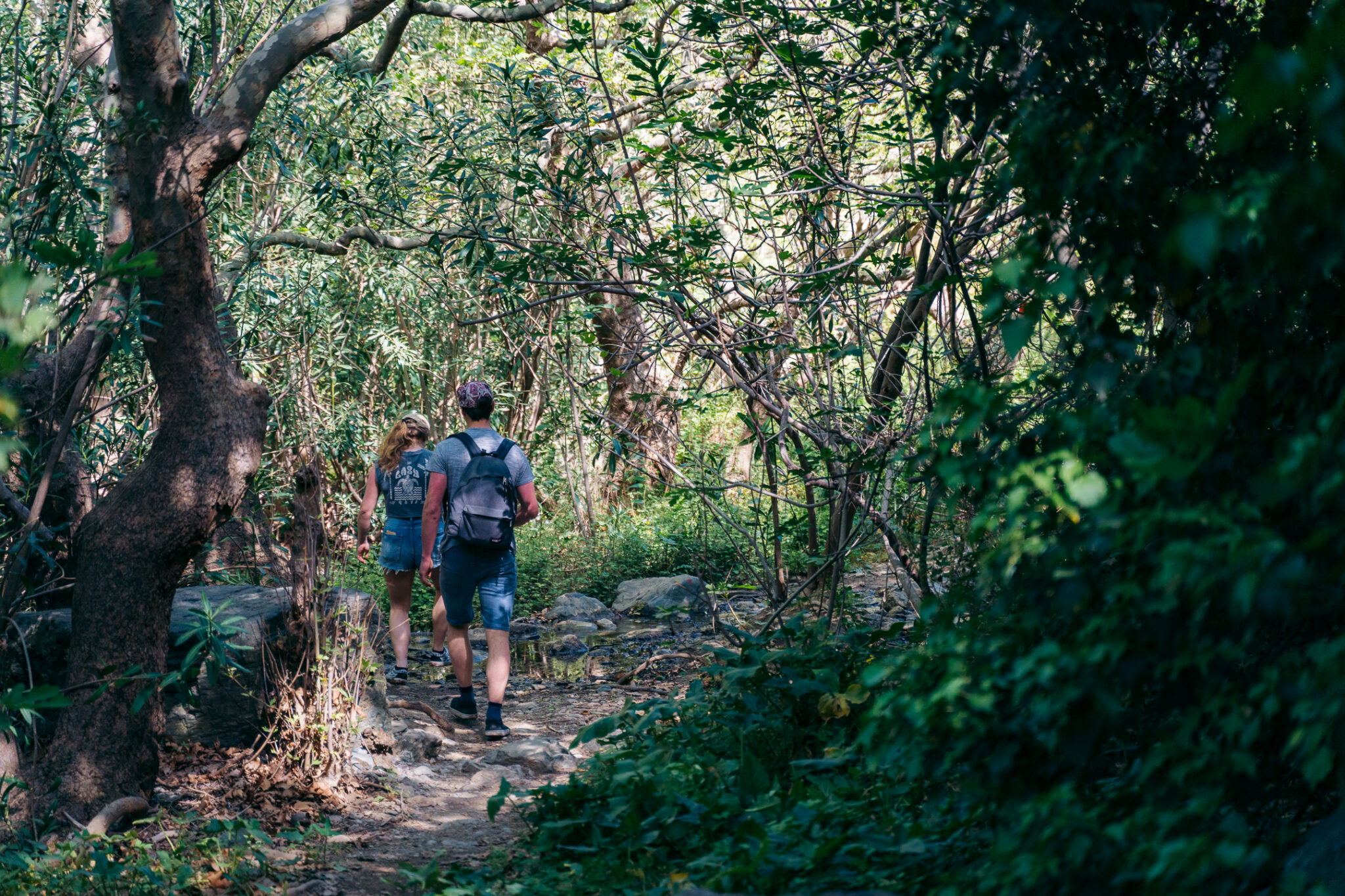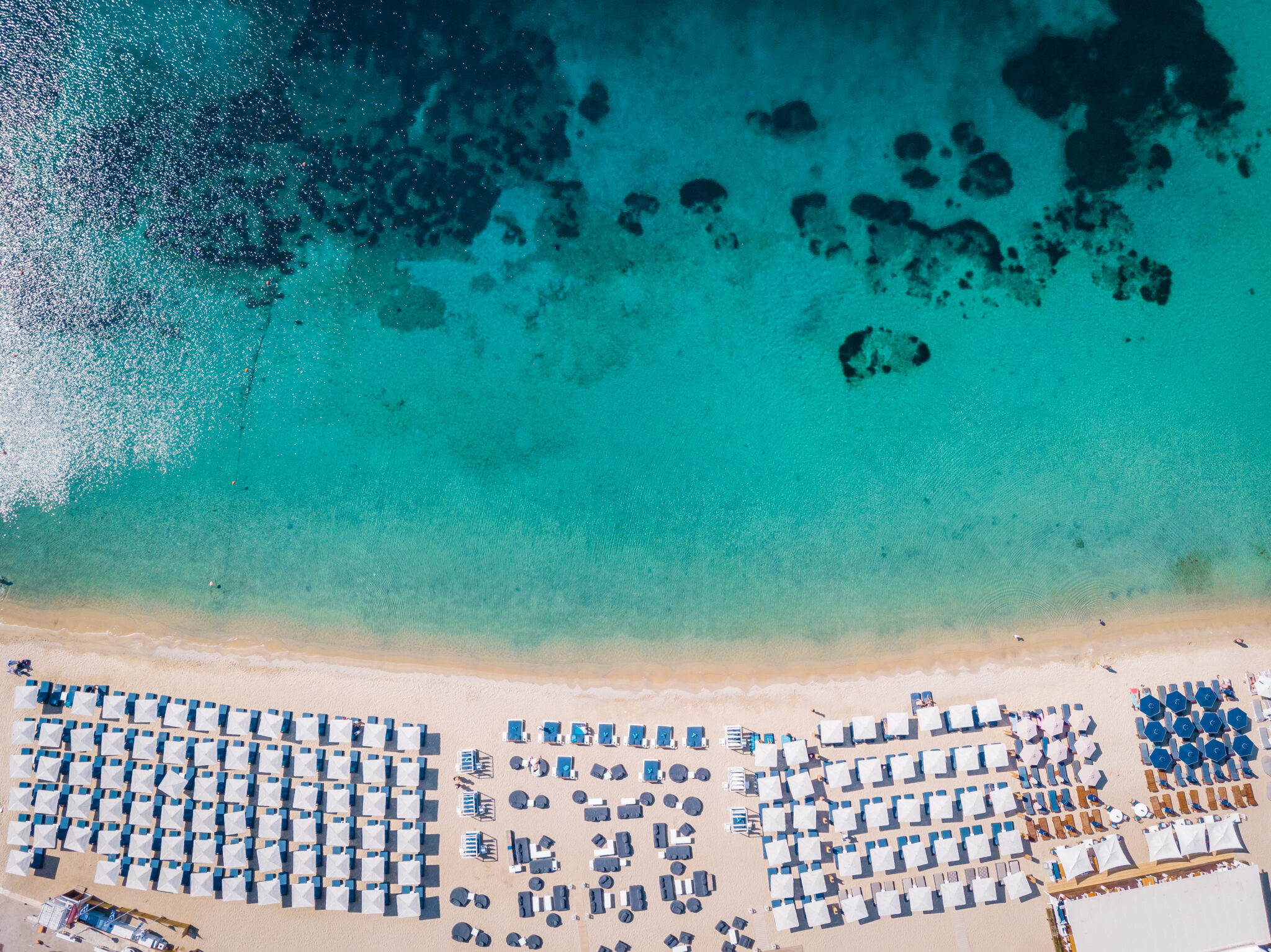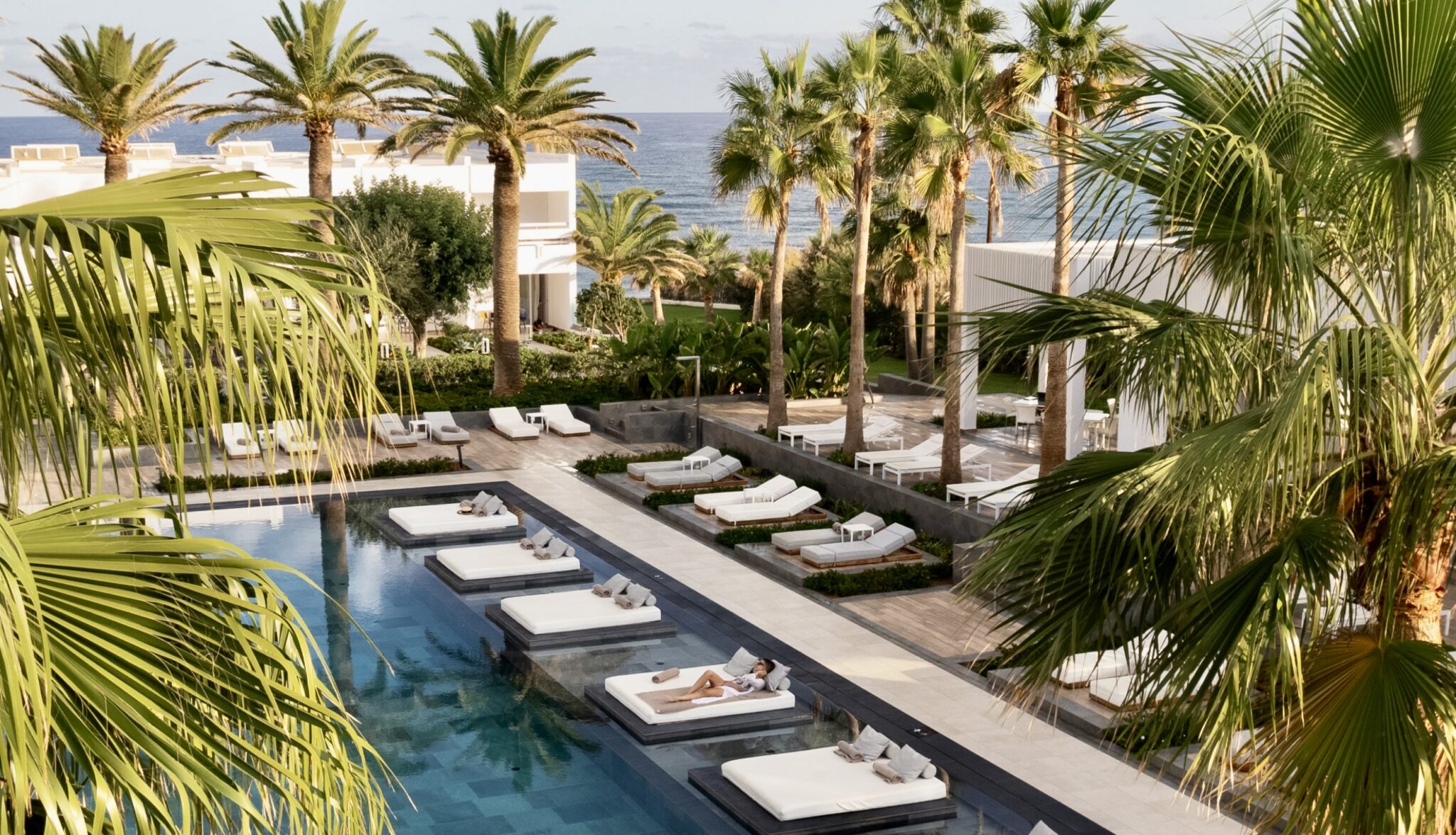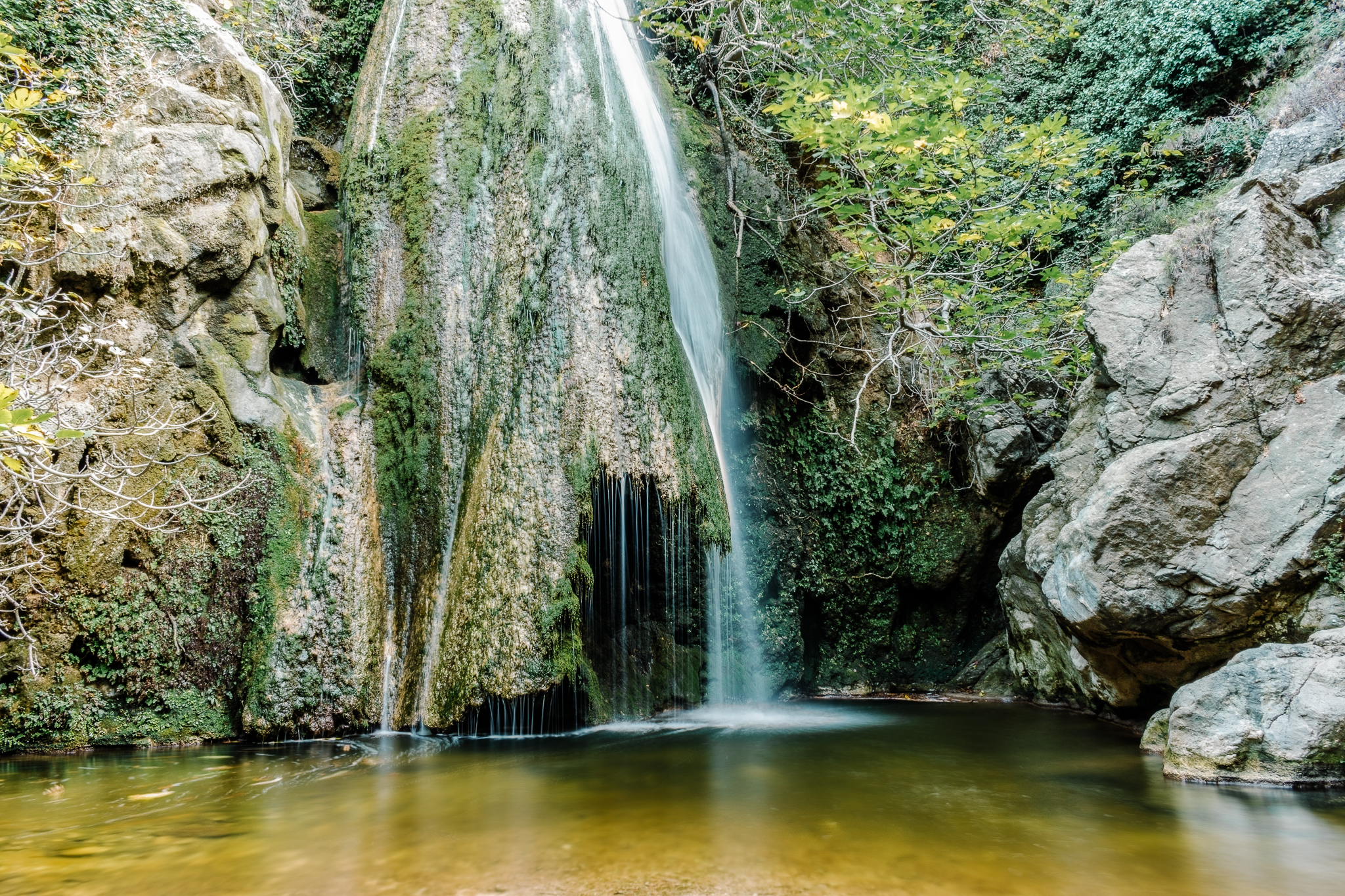The challenge of safeguarding traditional settlements is multifaceted, challenging and heavily influenced by urban and architectural planning and environmental factors. To maintain, protect, and promote a traditional settlement along with its architectural heritage, one must employ modern construction methods without compromising the elements of tradition. The broader region of Sitia, the easternmost point of Crete, stands as a testament to unchanging core elements of its cultural and natural surroundings.
Sitia impeccably preserves the unique features of its mountainous, agricultural, and coastal environments, while at the same time safeguarding its ancient traditions and rich cultural wealth in a manner few places can claim. Settlements listed as ‘traditional’ have retained their historic visual identity and local authenticity. In essence, within these built environments, urban, architectural, and construction characteristics should largely remain untouched. In Greece, there are 800 settlements that have been officially designated as traditional.
The Municipality of Sitia is one of the four municipalities within the Regional Unit of Lasithi, boasting a population of 18,318 inhabitants and covering an area of 633.22 sq.km. Towards the southeast of Sitia town, one can find the mountainous villages of Katsidoni, Sitanos, Karydi, and Vrysidi, also known as Magkas. Each of these settlements possesses a distinctive architectural and cultural singularity, along with historical significance.
To highlight the distinctiveness of the four settlements, making them focal points not only within the Municipality but also across Crete, the initial step taken was to record their aesthetic and architectural character. The goal is the preservation and enhancement of the unique historical, aesthetic, architectural, economic, social, and environmental attributes of these settlements and to integrate them into both a local and broader framework of protection and development. Concurrently, provisions will be made to officially designate these settlements as ‘traditional’, as well as zones of particular beauty for areas, places, landscapes, and natural or human-made formations, whether they lie within or outside these settlements.
The settlement of Katsidonio, built at an altitude of 560 meters, holds special archaeological value. Ancient tombs from various epochs have been discovered there, and on the settlement’s hill, the ruins of a peak sanctuary persist. This also goes for the settlement of Sitanos, where the renowned Exo Latsidi cave – one of Crete’s largest – can be found, adding even greater recognisability to the Geopark of Sitia. Within the same settlement lies the abandoned Zakanthos, with a Minoan farmhouse to the southwest, and in the vicinity stands a spring of exquisite beauty dating back to the Ottoman Period.
Another noteworthy settlement within the Municipality is Karidio, the seat of the community bearing the same name. It boasts two significant caves: Peristera (located at Platývolou) and Katofygi (located at Limniólakkou). The former is considered one of the most important caves on Crete. An incidental discovery from the area, a stone axe, now resides in the Archaeological Museum of Heraklion. Finally, Vrysidi or Magkasa, is a settlement where houses of traditional stonemasonry architecture are preserved. To the west of the village lies a cave with traces of Neolithic habitation, such as stone axes, obsidians, bone needles, among others.



